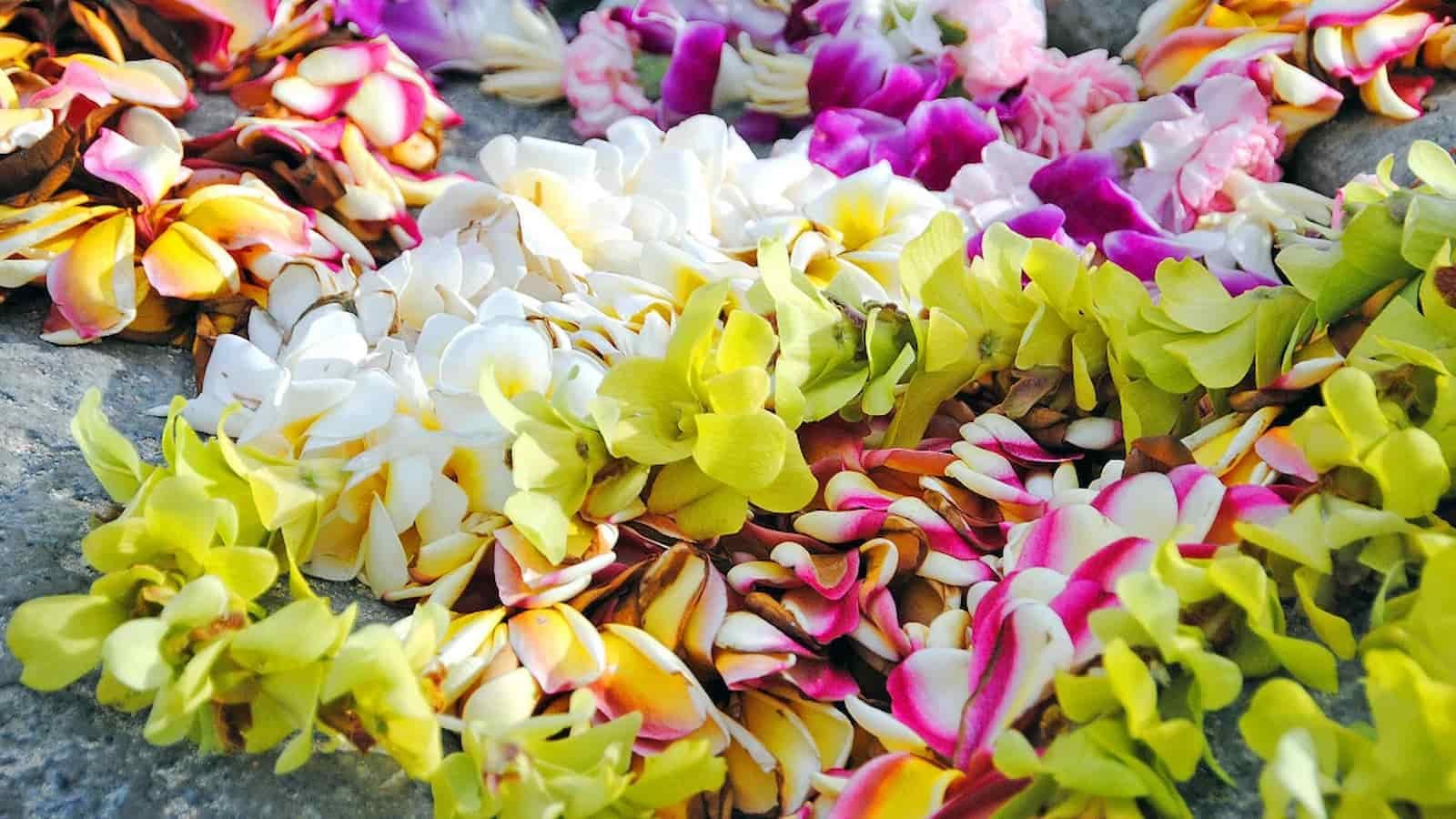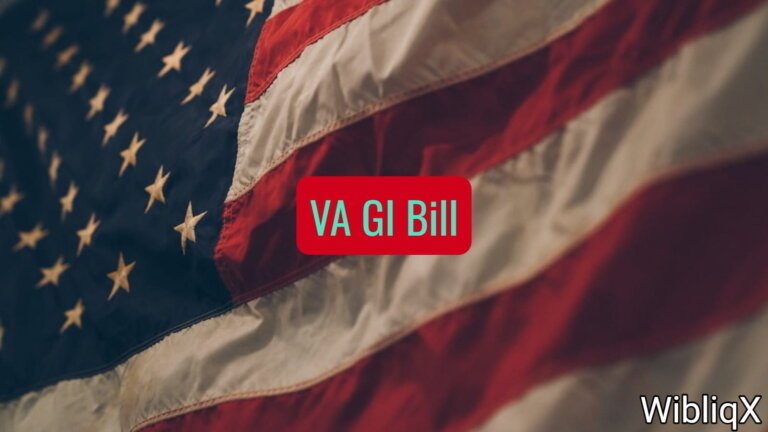Lei Day 2024: Lei Day is designated on May 1. A lei is an exquisite floral necklace or string that is indigenous to the tropics, specifically the Hawaiian islands. On Lei Day, it is customary to greet guests with leis. A unique variant of lei is associated with each island. Lei is derived from the pink lokilani rose, which is native to Maui.
Whether you’ve been to the Pacific’s crown gem before or not, Lei Day is a chance to daydream about the islands and plot a trip to (or back to!) its stunningly beautiful beaches. Major events that always include food and live music mark the celebrations on the islands.
Lei Day: History
Numerous individuals hold the opinion that the 1866 San Francisco newspaper article by Mark Twain, which described the islands, marked the beginning of the Hawaiian tourism industry. Lei merchants would set up shop at Aloha Tower during the period when steamships began transporting passengers across the Pacific Ocean, selling leis to tourists arriving at the boat pier. Soon after, leis became an essential part of any Hawaiian vacation. This holiday draws the casual tourist’s attention to the more refined nuances of the tradition.
The lei has been an integral part of the culture and history of the indigenous Hawaiian people. An individual who has been to the islands or viewed photographs of them will attest to the fact that they are verdant, opulent sanctuaries brimming with vivid hues that compose a “symphony” of tranquility and delight.
Lanai’s bright yellow Kauna’o flower and the Big Island’s crimson lehua blossom represent each island. Lei Day was formally declared in 1929, but the festivities began at the Bank of Hawaii in 1927 and moved to Kapi’olani Park in 1928. Celebrations (often contentious) exhibit the islands’ diverse cultures. Music and dance have blended to form a unique Hawaiian culture.
However, cultural mixing across the islands may lead to a reduction in ethnic values and the disintegration of Hawaiian cultural identity in future generations. Lei Day overcomes this dichotomy by valuing and sharing Hawaiian culture.
Global Love Day 2024: Is this Day Similar to Global Love Day?
Lei Day: FAQs
How is a lei presented or given?
Guests are traditionally welcomed in Hawaii by placing a lei around their necks and planting a peck on the cheek of the greeter. The host or hostess may offer the lei to the guest by cradling it in her breast, bending slightly at the waist, and urging the receiver to wrap it around their neck.
Who initially suggested the concept of Lei Day?
author and poet of the Honolulu Star-Bulletin, Don Blading, introduced the concept in his book “Hula Moons.” The holiday was first mentioned in his column dated February 13, 1928.
Do leis possess distinct connotations?
Maile ti leaf leis serve as tokens of admiration, esteem, and gratitude. Typically, these are presented as bridal, graduation, and anniversary presents. The colors orange, tawny, and red ilima flower leis represent love. A yellow lei is symbolic of fresh starts and good fortune.
Lei Day: Activities
Gift leis with leis
On Lei Day, bestow leis upon family and acquaintances as presents. This action pays special homage to the aloha spirit, a value deeply ingrained in Hawaiian culture that advocates bestowing affection and tenderness upon others without anticipation of reciprocation.
Attendance at the festival
Attend Lei Day celebrations, which consist of festivals parades, and ceremonies. A multitude of institutions partake in these celebrations. In Honolulu, the Hawaiian lei is observed in a variety of forms. As an illustration, one of the events entails islanders imparting their expertise in lei-making.
Observe a beauty contest
Observe as young women compete for the honor of “Lei Day Queen.” Comparable to the Miss America competition.
International Sunflower Guerilla Gardening Day 2024: History, Activities and Importance
Five Facts about the Hawaiian Lei
Leis represented devotion to the gods.
Historically, leis were regarded as symbols of reverence and affection for the Hawaiian deities or exchanged as gifts.
Leis Greetings
It was customary to greet visitors with leis in the late 1800s and early 1900s, when ships first arrived to the islands, bringing hundreds of people.
Bones and teeth were employed as decorations.
Ancient Hawaiians used kukui nuts, teeth, bones, and twigs strung together as body ornaments.
Certain leis are synthetic blossoms.
Although most leis resemble fresh blossoms, they are composed of colorfast polyester.
It is considered disrespectful to promptly remove a lei.
It is considered uncouth to remove a lei in the presence of the source of the gift.
Lei Day: Importance
It honors ancient customs.
It honors the Hawaiian custom of creating, presenting, and donning a lei, which dates back centuries. Lacy ferns, dazzling ti leaves, polished kukui nuts, feathers, seeds, and delicate shells are all examples of lies. These days, they are predominantly woven or embroidered with florals.
It conveys benevolence and a spirit of hospitality.
Now is the season to welcome guests with open arms and plenty of good cheer. Giving away one’s possessions is a charming display of kindness.
It links individuals together.
It represents an endearing aspect of Hawaiian culture. People become more culturally sensitive and come together as a result.
Lei Day: Dates
| Year | Date | Day |
|---|---|---|
| 2024 | May 1 | Wednesday |
| 2025 | May 1 | Thursday |
| 2026 | May 1 | Friday |
| 2027 | May 1 | Saturday |
| 2028 | May 1 | Monday |
Frequent Flyer Day 2024 (US): History, Fun Facts and Activities












